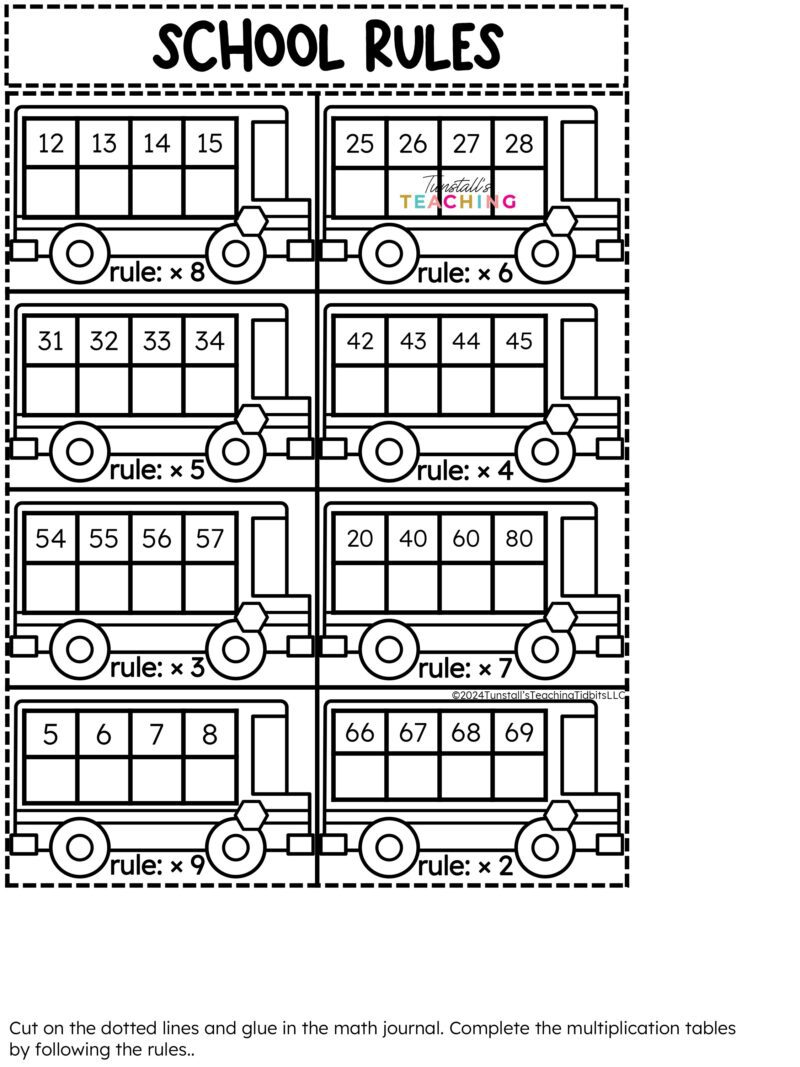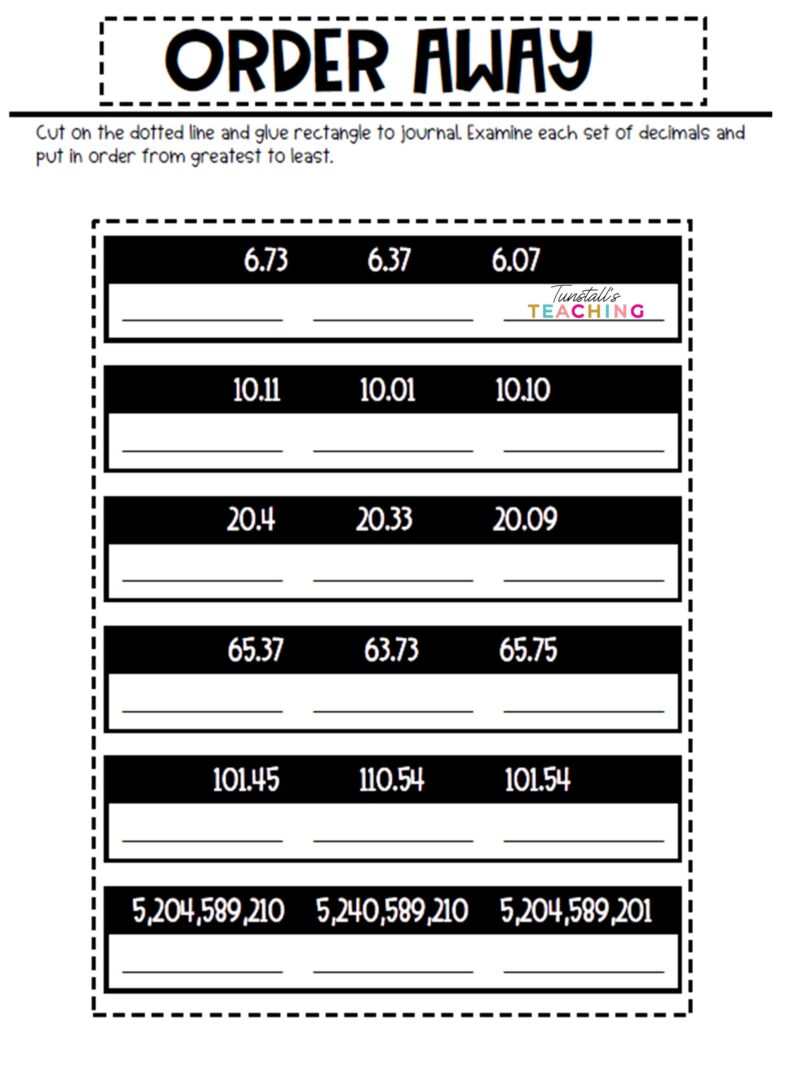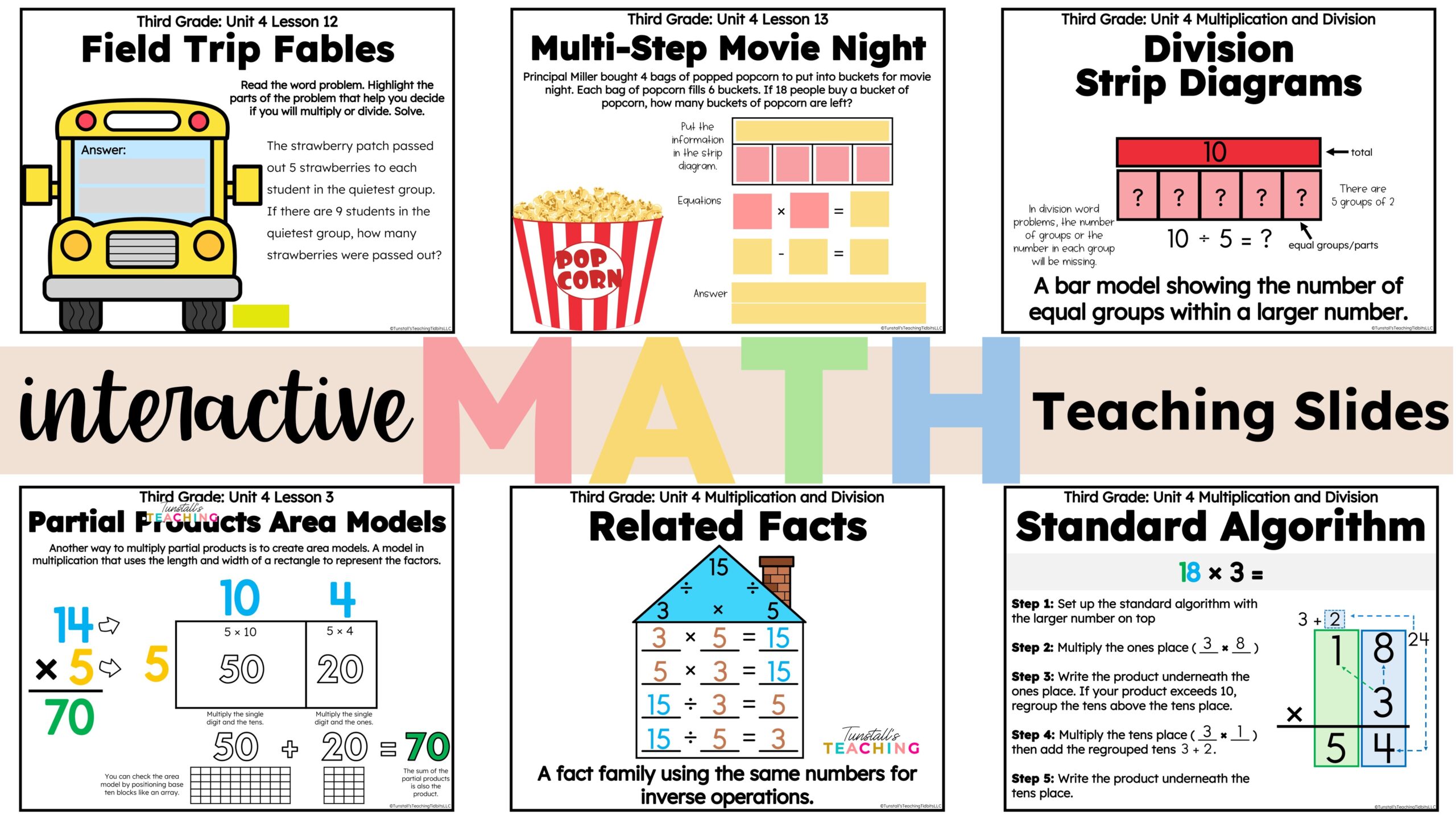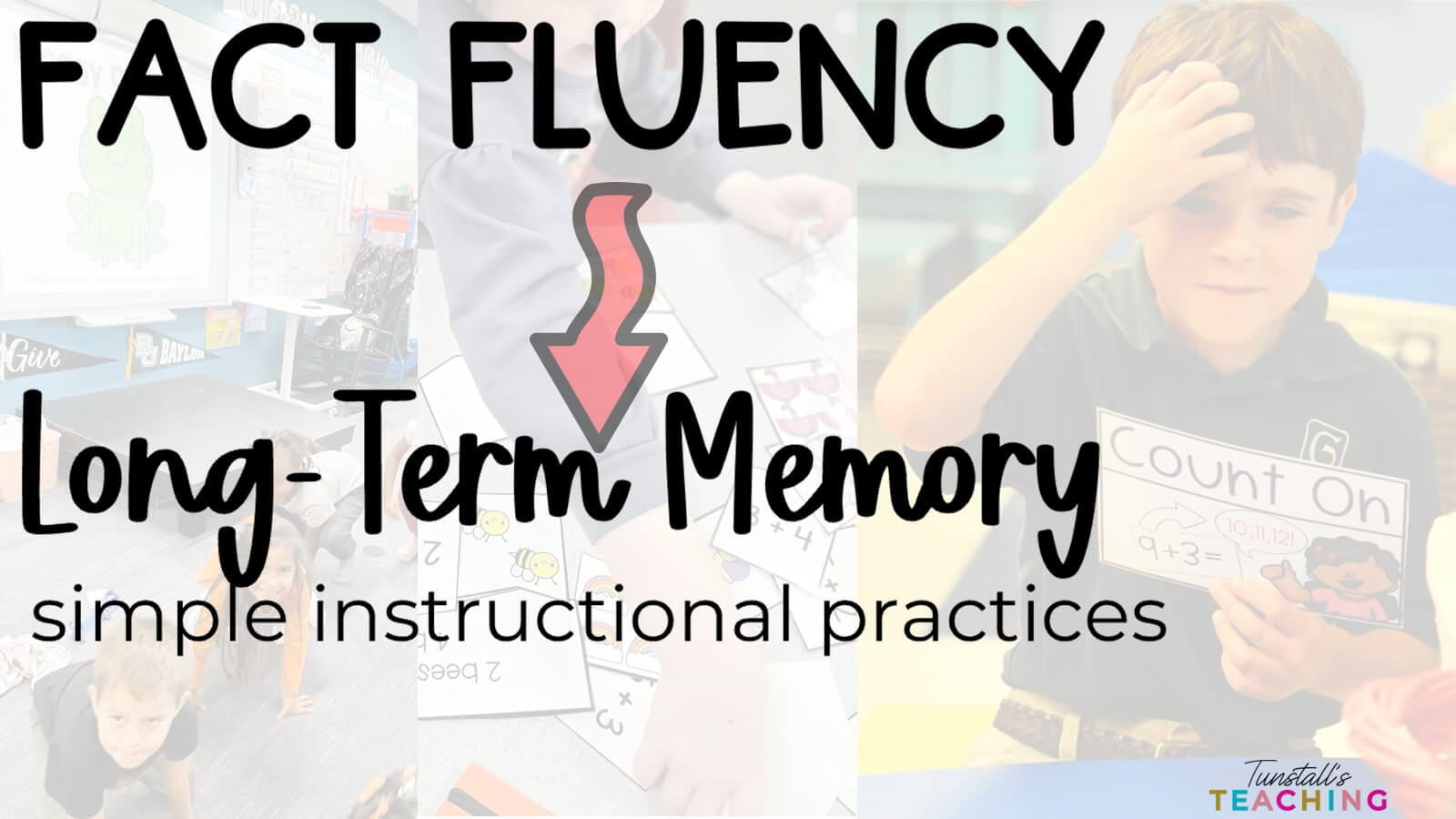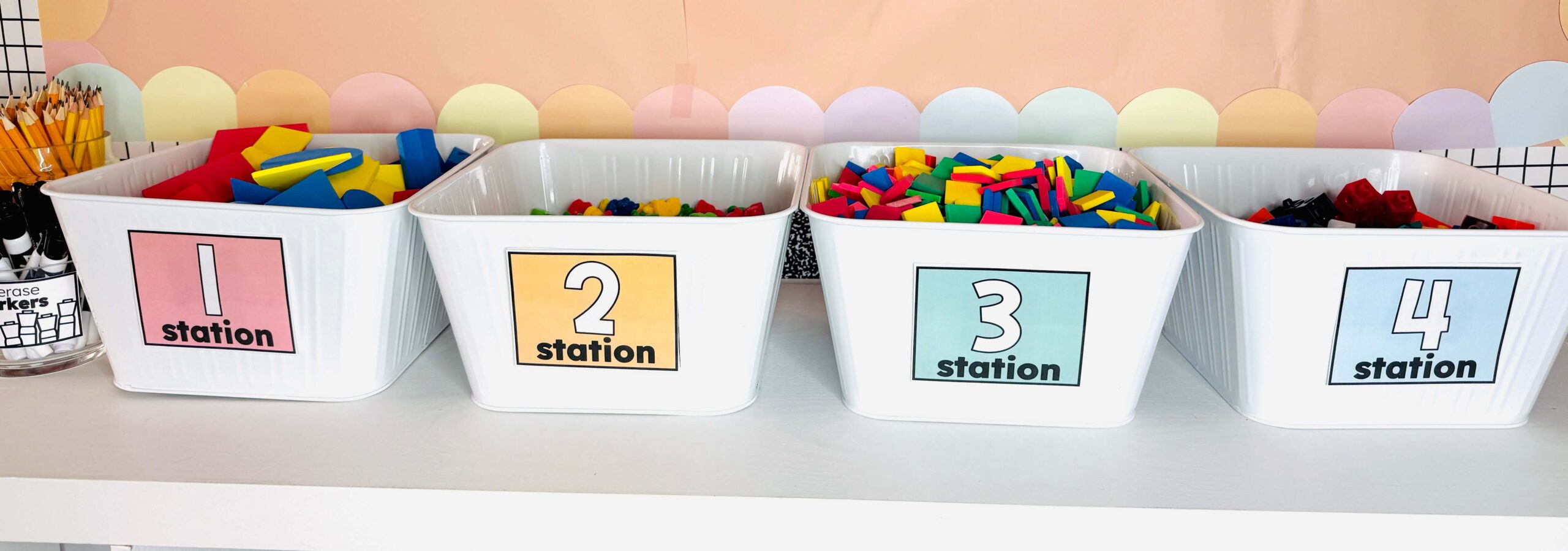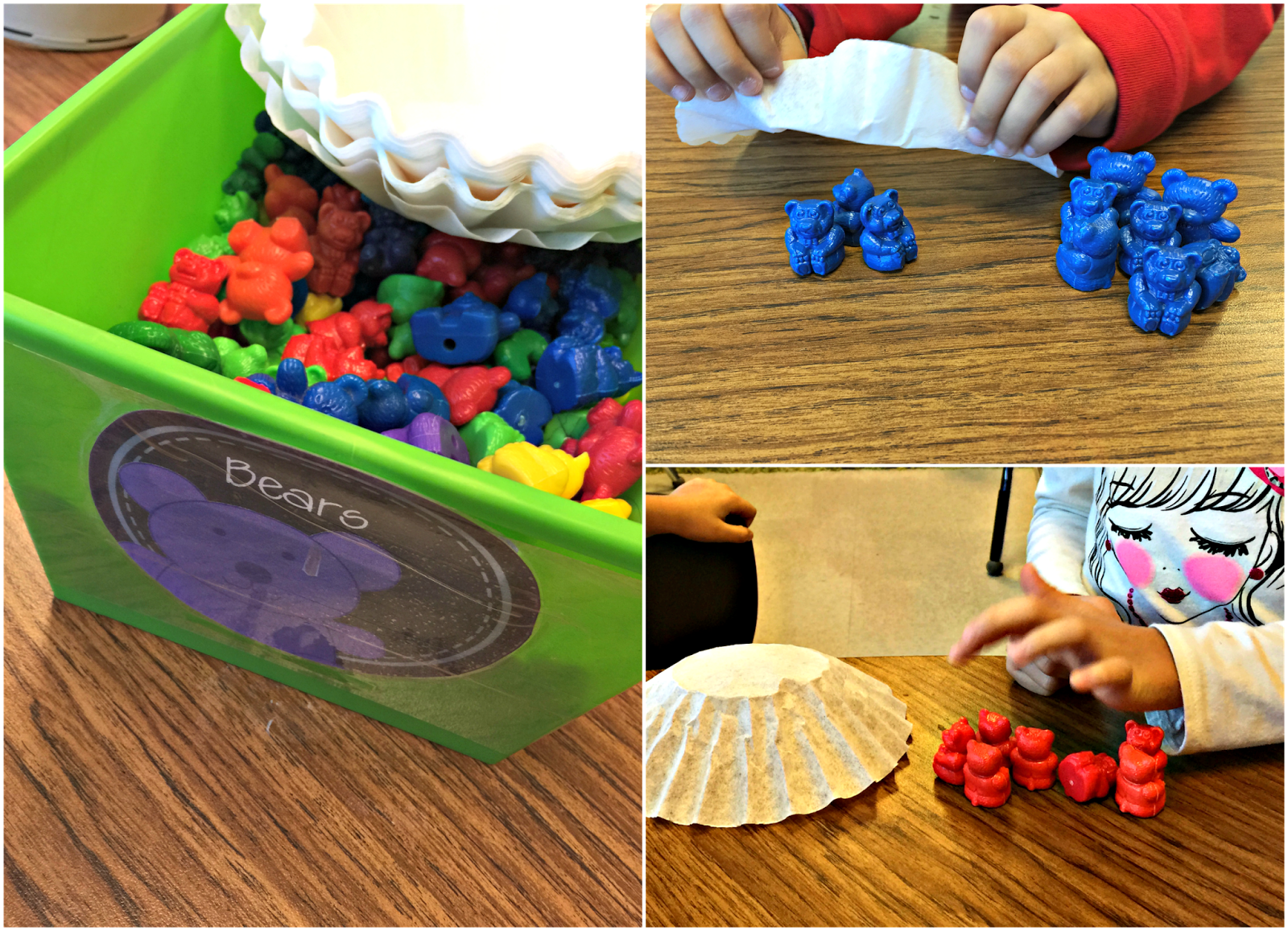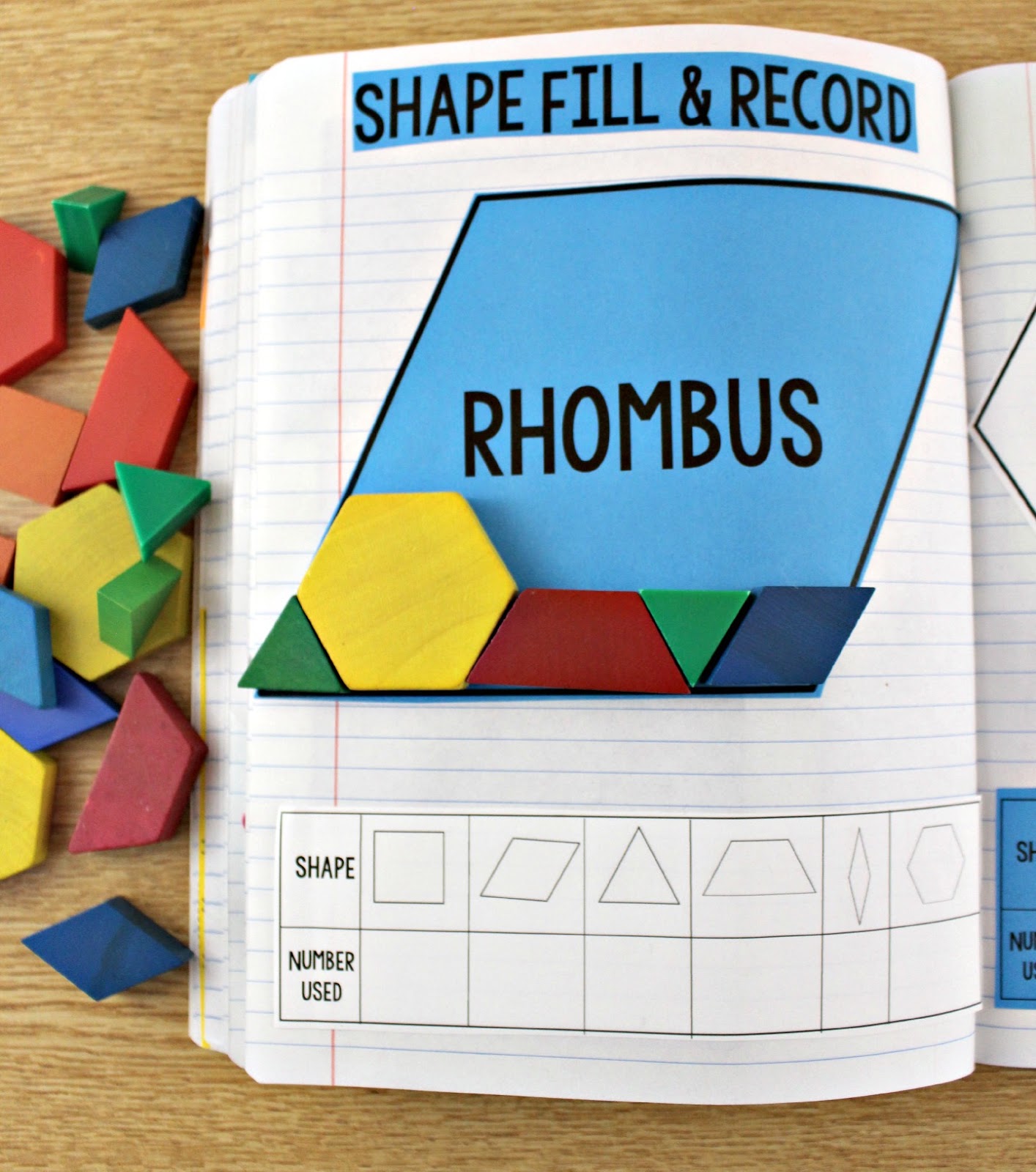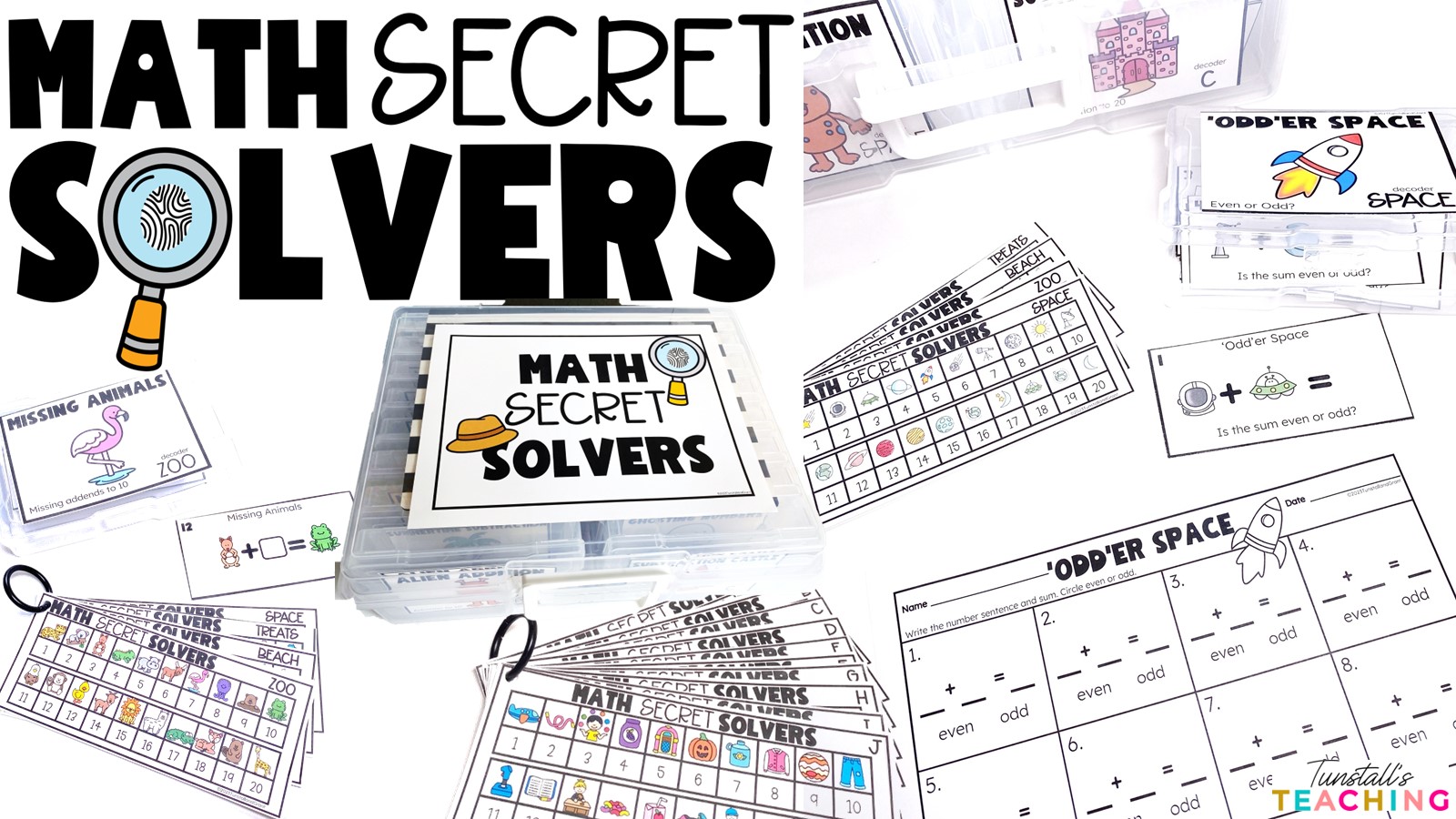Math Journals in Grades 3-5
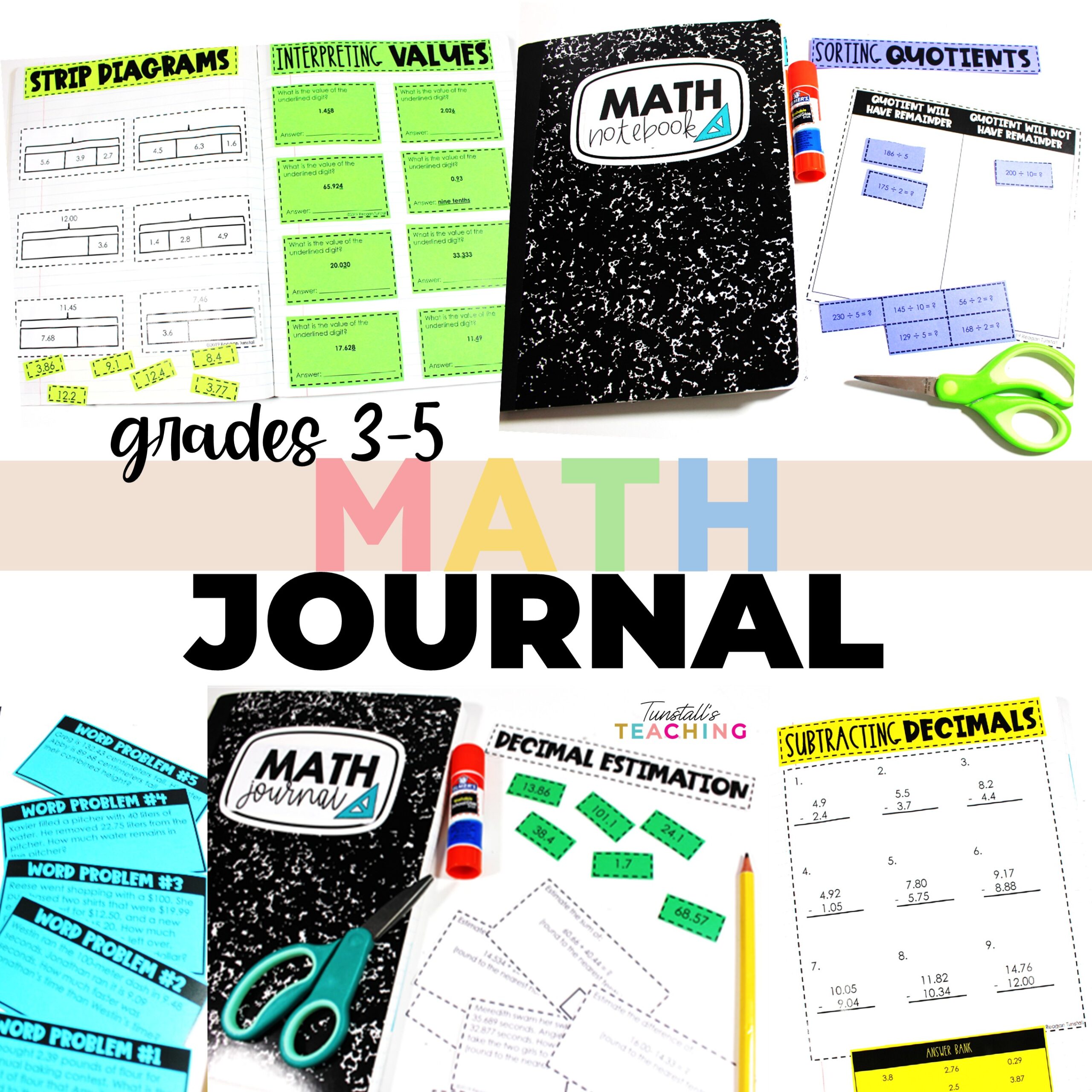
Math Journals in Grades 3–5
A math journal station gives upper-elementary students a meaningful way to record their thinking, justify reasoning, and connect ideas across concepts. In this independent space, students move beyond solving for answers to explaining why their strategies work. The structure is simple, but the impact reaches far beyond one lesson.
For more than a decade, teachers have used math journals to support a Guided Math or math workshop framework. A consistent journaling routine helps students track their progress, apply strategies flexibly, and build confidence as mathematicians. This post shares math journal information, ideas, and resources for third grade, fourth grade, and fifth grade.
What Is a Math Journal Station
During math workshop, students rotate through stations that balance practice, application, and reflection. The math journal station is a quiet, independent space where they organize their thoughts about current lessons.
In grades 3–5, this might include explaining the steps of a multi-digit algorithm, describing a fraction comparison strategy, writing an equation for an area model, or reflecting on a problem-solving challenge. Entries combine words, numbers, and models to show conceptual understanding rather than memorization.
Why This Station Fills a Need
Encourages Independent Thinking
The math journal station allows students to take ownership of learning. They decide which strategies to represent and how to explain them clearly.
Builds a Record of Growth
Over time, journals become a portfolio of mathematical reasoning. Students and teachers can revisit earlier entries to see growth in precision, vocabulary, and problem-solving sophistication.
Promotes Metacognition
Reflecting through writing pushes students to evaluate the efficiency of their methods and to recognize patterns in their thinking.
Strengthens Math Communication
Upper-elementary students are expected to justify reasoning using correct terminology. Journals give authentic practice with that skill every week.
Simplifies Assessment and Planning
Each entry offers a snapshot of student understanding that helps guide small-group lessons. Yearlong bundles make prep minimal while ensuring standards alignment.
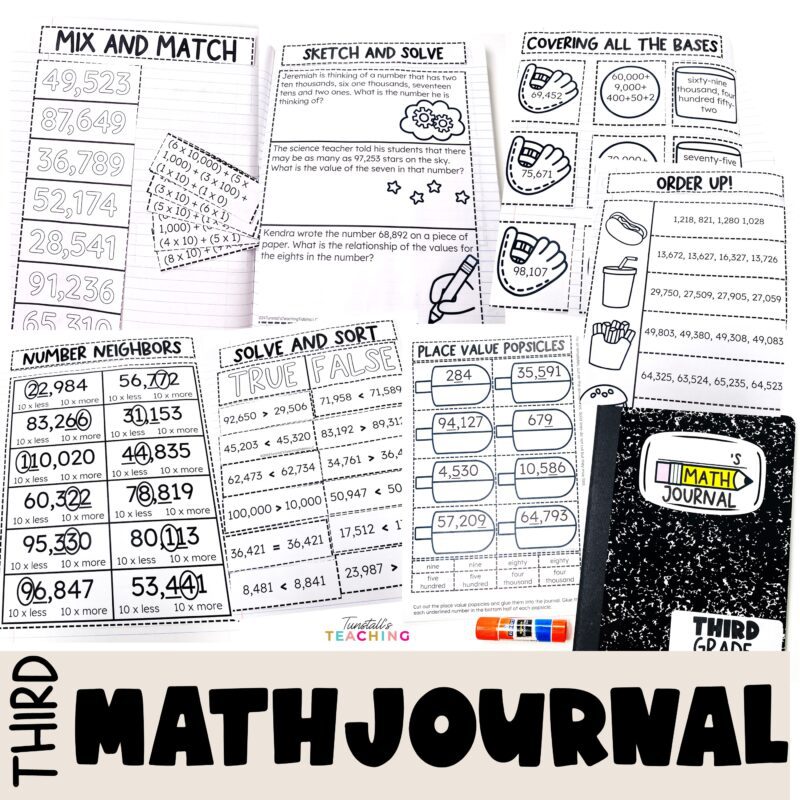
What Students Do at the Math Journal Station
A consistent routine makes the journal station purposeful and easy to manage:
-
Students open their math journal and read the day’s or week’s prompt.
-
They solve, illustrate, or write about the task using words, numbers, and models.
-
They check that their explanation is clear enough for someone else to follow.
-
They may revisit prior entries to add a new strategy or correct a misconception.
-
They share a selected page with a partner or during math talks at the end of the week.
This process helps students organize thinking, build stamina, and develop pride in communicating math clearly.
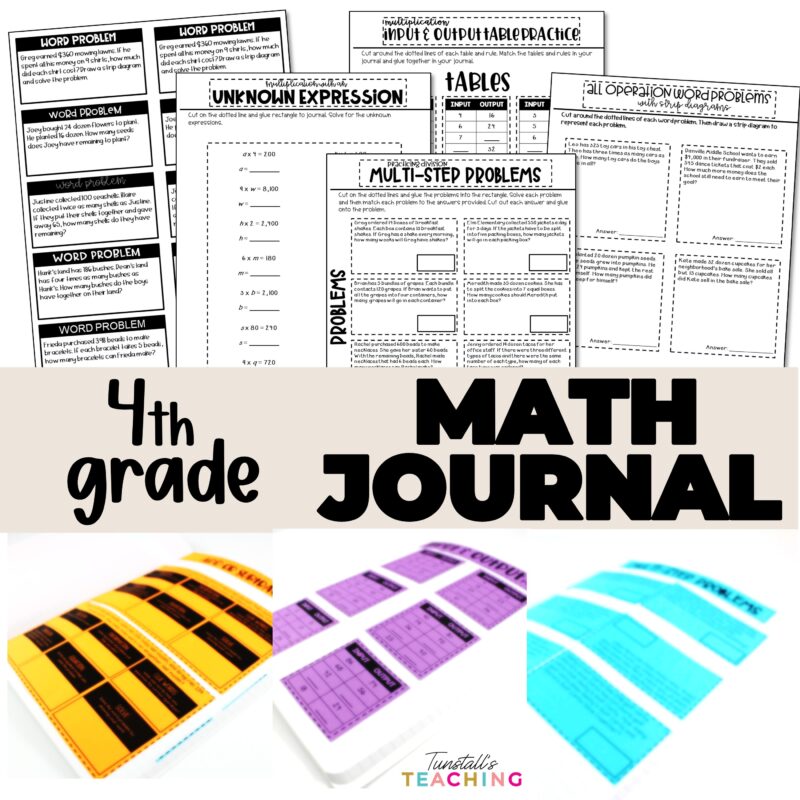
Why This Resource Was Created
When math journals were first developed for classroom use in 2013, the goal was to make reflection part of everyday math instruction. Teachers needed an independent station that encouraged deep thinking without requiring additional grading or daily prep.
The result is a complete year of prompts and templates for each grade level. Every page scaffolds conceptual understanding, provides opportunities for reasoning, and helps students explain their ideas in writing.
Teachers who integrate journaling regularly see measurable improvement in reasoning, accuracy, and confidence. Students begin to view themselves as capable problem solvers who can communicate mathematically with clarity.
How to Introduce and Maintain the Routine
-
Model an entry by thinking aloud as you solve and explain.
-
Begin with short prompts, gradually extending to multi-step reasoning.
-
Tie each journal task directly to the current standard or unit.
-
Schedule the station weekly so it becomes a habit.
-
Review journals frequently to highlight thoughtful explanations.
-
Encourage students to revisit pages when a concept connects to new learning.
Over time, students build a personal archive of problem-solving strategies and mathematical language that supports long-term retention.
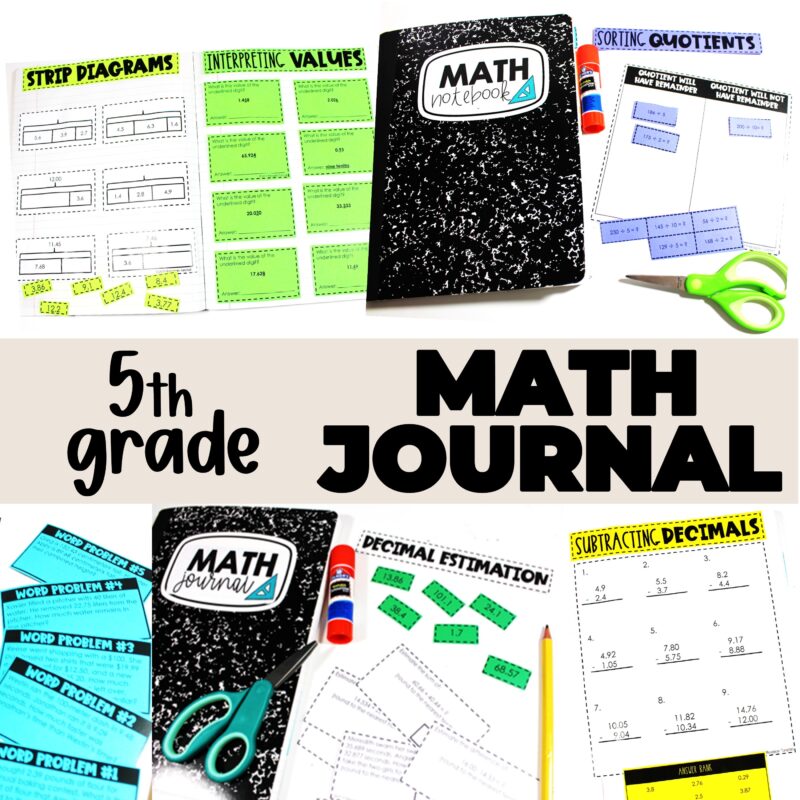
The Benefits for Students and Teachers
For Students
-
Builds confidence and ownership of mathematical thinking
-
Strengthens written communication and use of precise vocabulary
-
Promotes perseverance in problem solving
-
Provides evidence of growth across units and the school year
For Teachers
-
Offers authentic assessment data to inform instruction
-
Reveals reasoning, not just final answers
-
Minimizes prep while maintaining standards alignment
-
Creates a structured, meaningful station that runs independently
Try It Free
Ready to see how a math journal station can transform your upper-elementary workshop? Download free sample pages for grades 3, 4, and 5 and try them with your students. You will see how this station builds reflection, independence, and deeper understanding while giving you real insight into student reasoning.
3rd Grade Free Samples of Math Journals
4th Grade Free Samples of Math Journals
5th Grade Free Samples of Math Journals
Where To Find Math Journal Bundles for Grades 3-5
Adding a math journal station to your grades 3–5 workshop nurtures independence and reasoning while helping you gather meaningful evidence of learning. With the yearlong bundles for third, fourth, and fifth grade, implementation is easy and consistent.
Third Grade Math Journals Bundle
Fourth Grade Math Journals Bundle
Fifth Grade Math Journals Bundle
Once established, the math journal station quickly becomes a cornerstone of Guided Math and Total Math one that helps students think, write, and communicate like mathematicians.
Interactive Math Teaching Slides for Grades 3-5
If you are looking for engaging ways to teach math lessons before heading into math workstations, we’ve been hard at work creating interactive math teaching slides for every math standard. Find more information here.

 Contact Us
Contact Us
